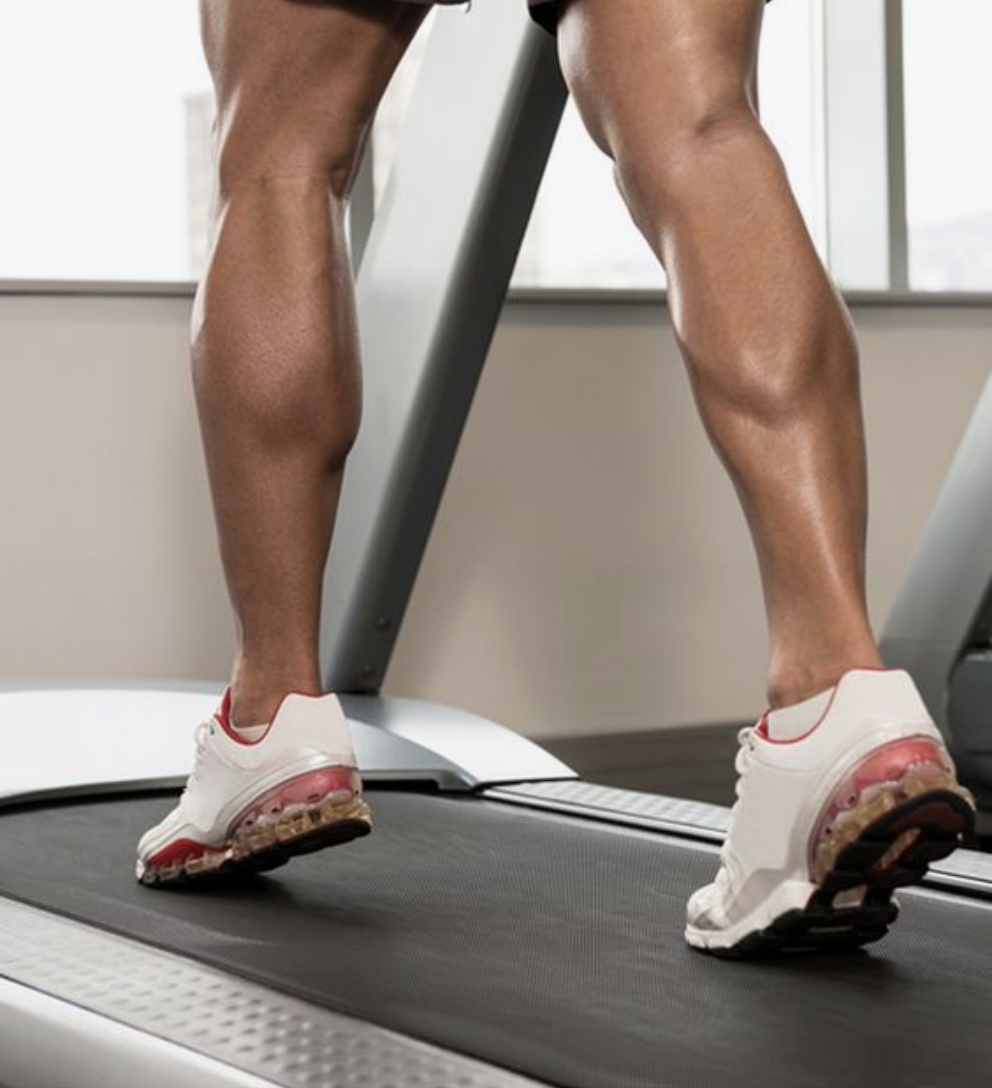Calf Implants
Calf Implants
Dr. Peter Bray
www.cosmeticplasticsurgerytoronto.ca

Calf Implants are silicone-based inserts that are carefully implanted into the calves.
Otherwise called calf augmentation, Calf Implants are used by individuals hoping to improve the shape and volume of their calves.
Is it safe?
Calf Implants are considered safe when performed by a certified Plastic Surgeon.
There will likely be some bruising and with any medical procedure, infection and swelling are possible.
Procedure
Calf Implants are usually done on an outpatient basis and you will likely have the option to return home after the procedure.
The procedure takes about two hours but you will need some time off work to recuperate.
It is important to do your research and choose a certified Plastic Surgeon to get the best possible care and avoid complications.
Longevity
Calf Implants are intended for long term use. However, it is possible that you will need revision surgery if the implants move around in the lower leg or sustain damage.
In general, Calf Implants are viewed as very safe and effective.
What are they made of?
Calf Implants are a silicone-based insert used to add shape and volume to the calf area.
If you are uncomfortable with the look of your calf muscles or the shape of your lower legs, this procedure may be the best answer for you. This procedure is sometimes used by weightlifters to improve their overall look or by individuals who have injuries to this region or disability.
Calf Implants have a high rate of success and a low rate of side effects. Regardless you should familiarize yourself with the procedure and possible complications.
How do they work?
Calf Implants contain silicone, a sturdy elastic like material. When inserted under the skin they give a “fuller” look to the calf area. Your calves will look more muscular and appear larger in size.
Things to consider
You can return home the same day of the procedure barring any complications.
The procedure only takes about 90 minutes, however you should expect a full day off to prepare beforehand and recuperate afterward from the anesthesia.
Anesthesia will be local and delivered by IV to mitigate any pain and discomfort.
Your Plastic Surgeon will make incisions into the calves and insert the silicone implants.
Where are they inserted?
Calf Implants are inserted into the back of the lower half of the legs. If you have other aesthetic issues with your legs, for instance the wish to reshape your thighs, you should consult your Plastic Surgeon and discuss additional procedures.
What should I expect?
You should prepare to take some time off of work to recuperate from this procedure. Your Surgeon will apply pressure bandages, that you will be required to wear for about two weeks.
During these two weeks, you should abstain from exercise and remain off your feet as much as possible. Pain and swelling should begin to diminish progressively and be gone entirely in 2–3 weeks.
Your Surgeon will instruct you to abstain from drinking for about three weeks after this procedure. You should also maintain a healthy diet, no smoking, lots of water and proper sleep to insure proper healing. With a healthy lifestyle and if you follow your Surgeon’s instructions carefully, you should be able to return to your usual routine within a couple of weeks.
While the results of Calf Implants are long lasting, you may need additional surgery at some point to reposition or fix damaged inserts.
Statistically under 1% of Calf Implants result in complications.
Getting ready
While this is an outpatient procedure, it is smart to make certain arrangements prior to surgery. Arrive early to the procedure to finish any paperwork or pose any additional questions. It is imperative that you arrange transport home from your surgery.
You should plan to take time off work, in a perfect world you should plan for two weeks off. Time to use those vacation days.
Calf Implants vs Fat Grafting
Another alternative for bigger calves is a procedure called Fat Grafting (Please see our previous Fat Grafting posts). Instead of inserting implants into your calves, Fat Grafting means liposuction from another part of the body and adding this fat to your calves. An example would be from the thighs.
Sometimes these two procedures are combined for the best possible results.
Fat Grafting is less invasive and requires less anesthesia. A combination of the two procedures may in fact be recommended by your specialist for the best outcome.
www.cosmeticplasticsurgerytoronto.ca

Comments
Post a Comment